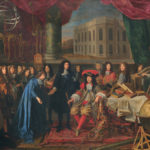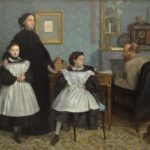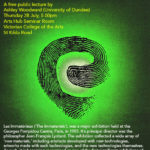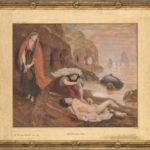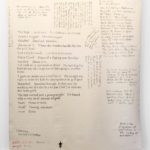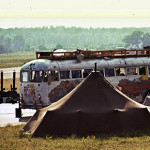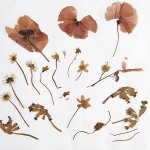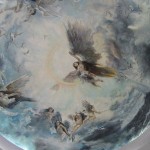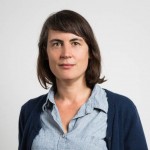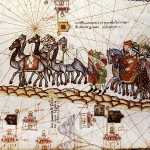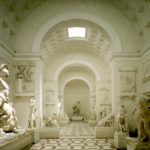
In 2005, the Director of the National Gallery, London, signalled the long-standing eclipse of sculpture in favour of painting when he noted that “sculpture is what you fall over when you step back from the paintings”. The expanded field of contemporary sculptural practice, including installations, conceptual art and commissioned artist interventions, has nonetheless re-energised and revitalised the potential of sculpture to engage with the historical, institutional and even commercial dimensions of the museum. This lecture will consider the long and complex development from the Renaissance to today with a particular focus on the key role played by sculpture in communicating powerful ideas and associations when placed in dynamic museum exhibition environments. Date: 1 September 2016, 6:15-7:15 Venue: Forum Theatre, Level 1, Arts West Building, University of Melbourne Free to attend but registration required online: https://events.unimelb.edu.au/events/7318-sculpture-and-the-museum-from-fortunate-son-to-runaway-child Lecture introduced by Ken Scarlett OAM, Writer…


